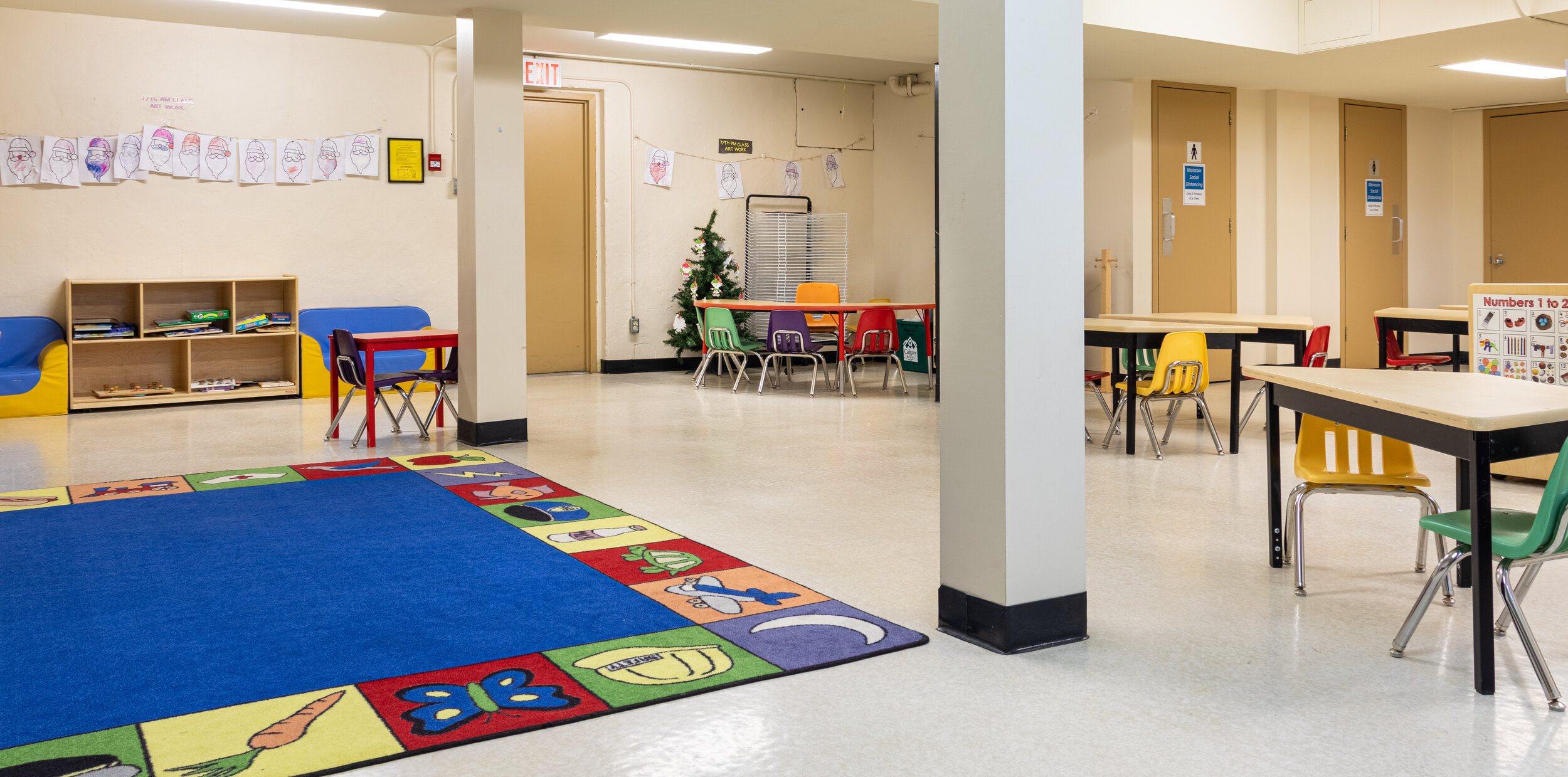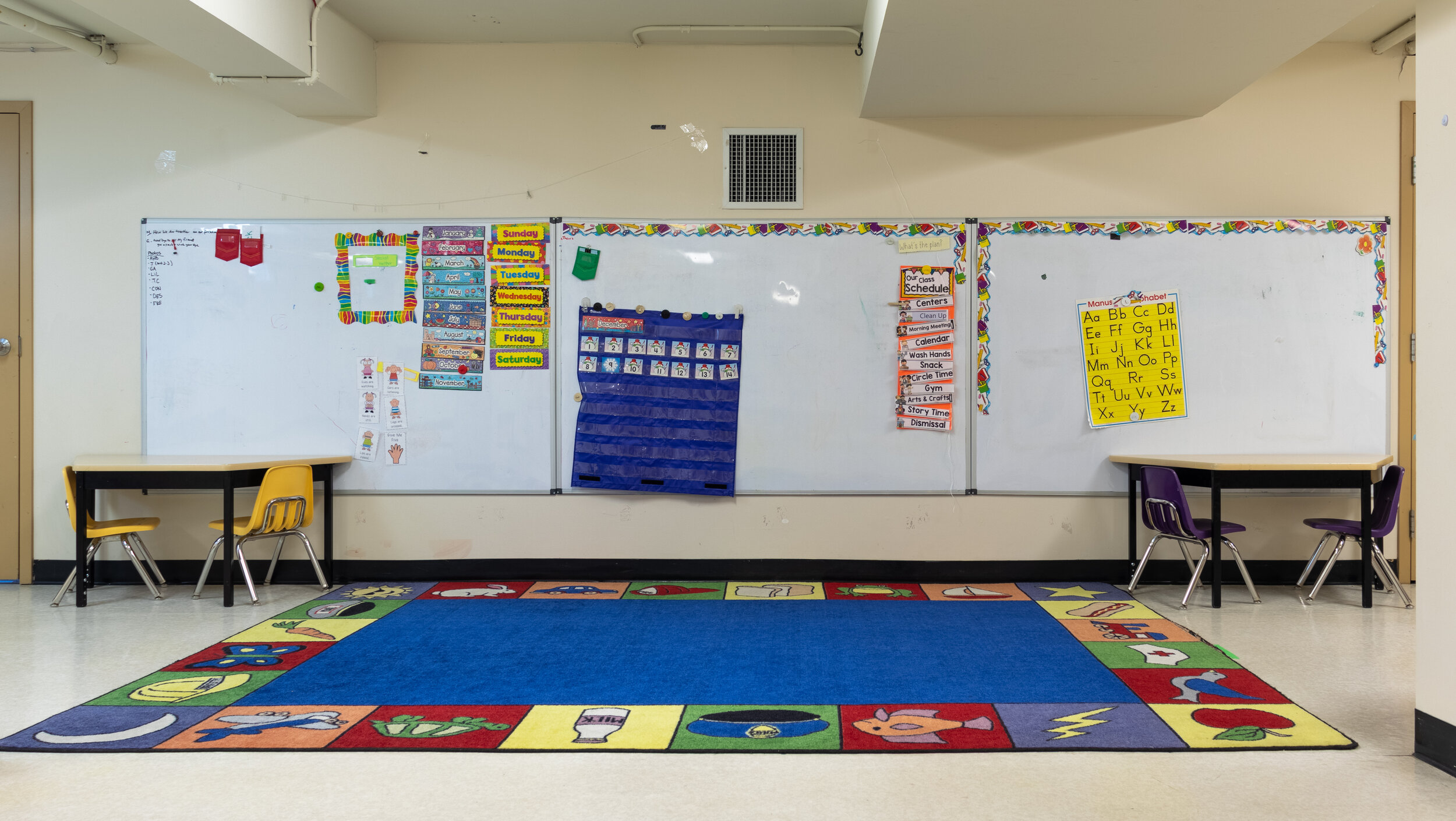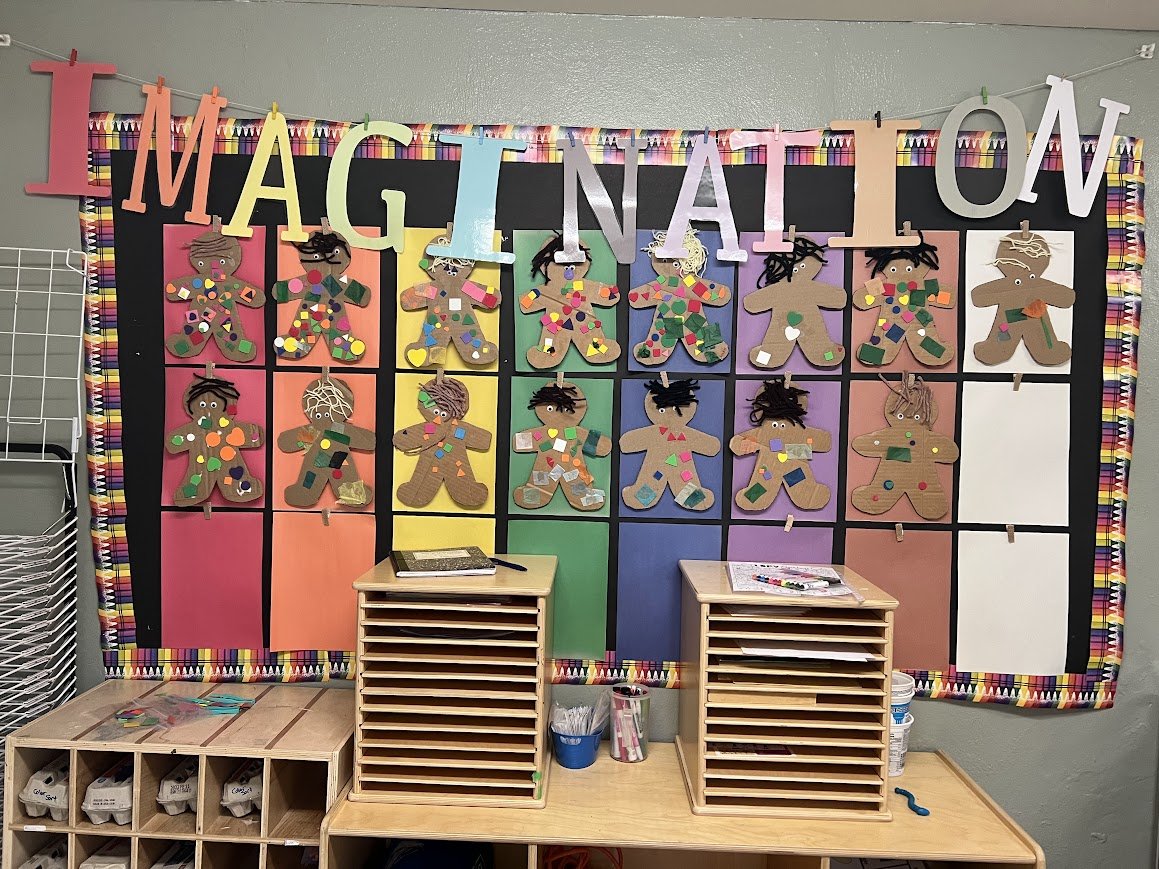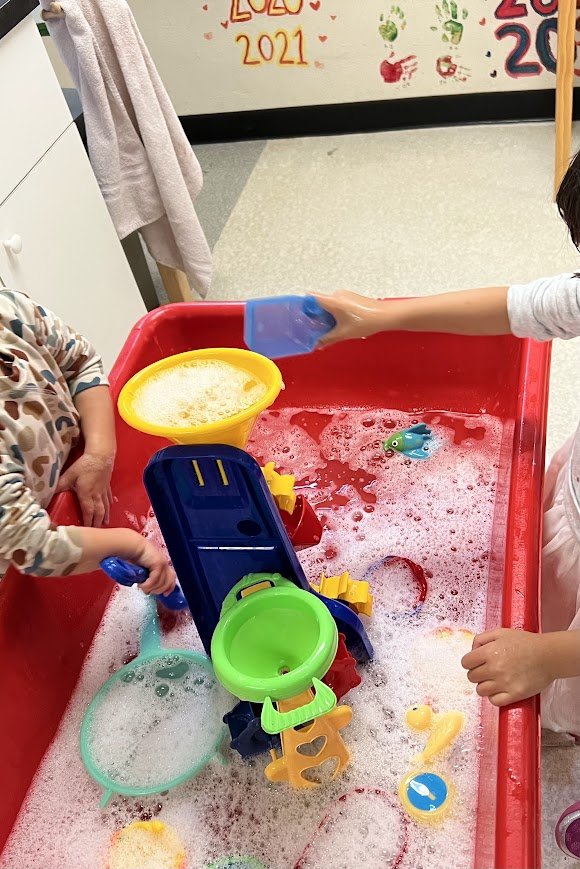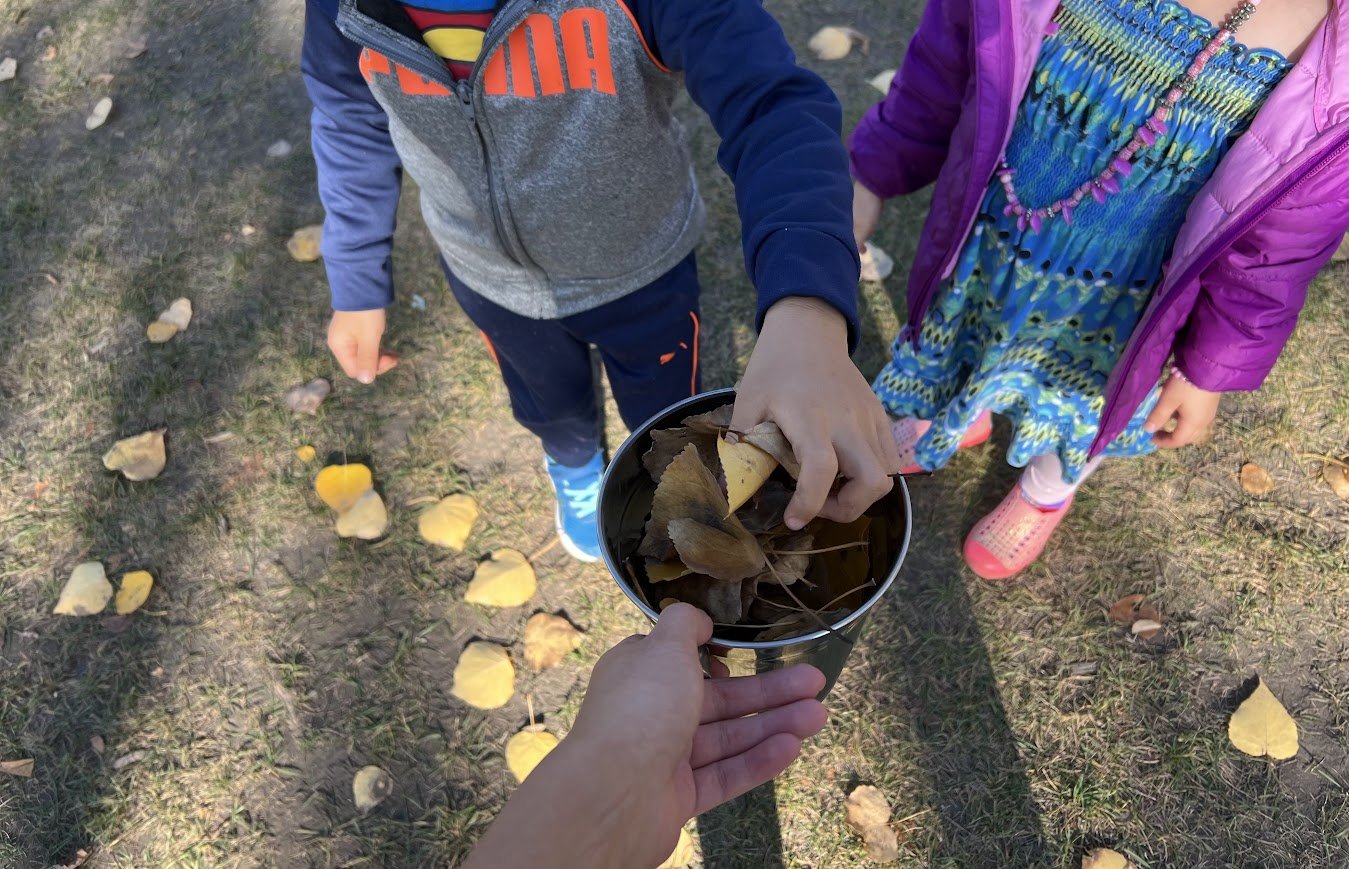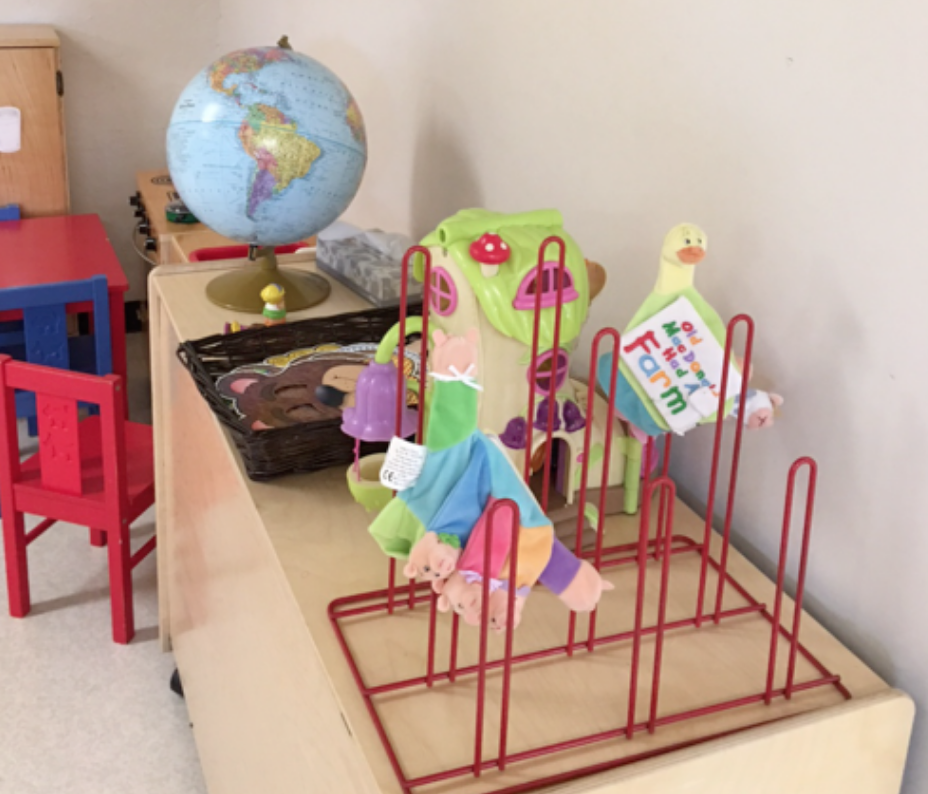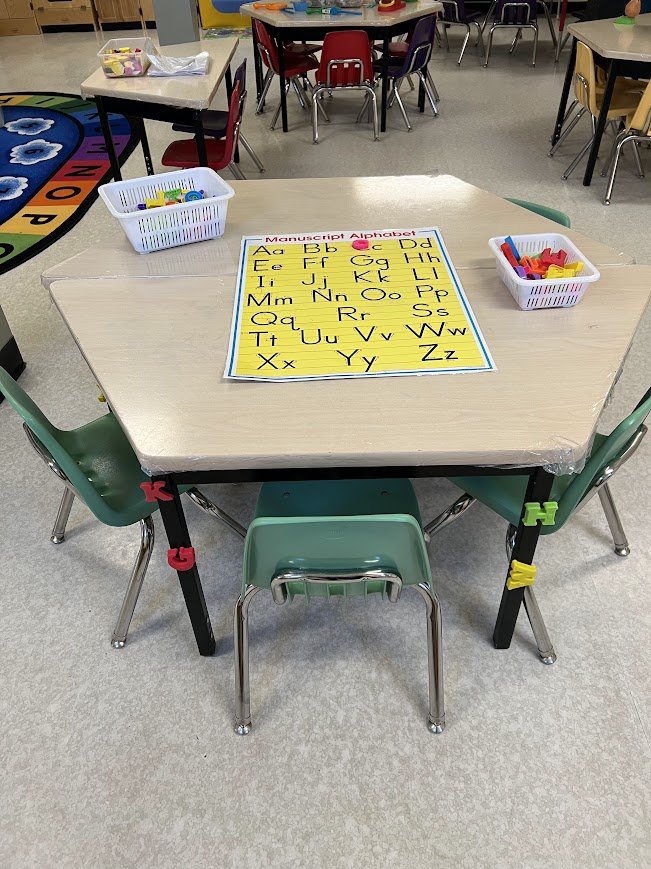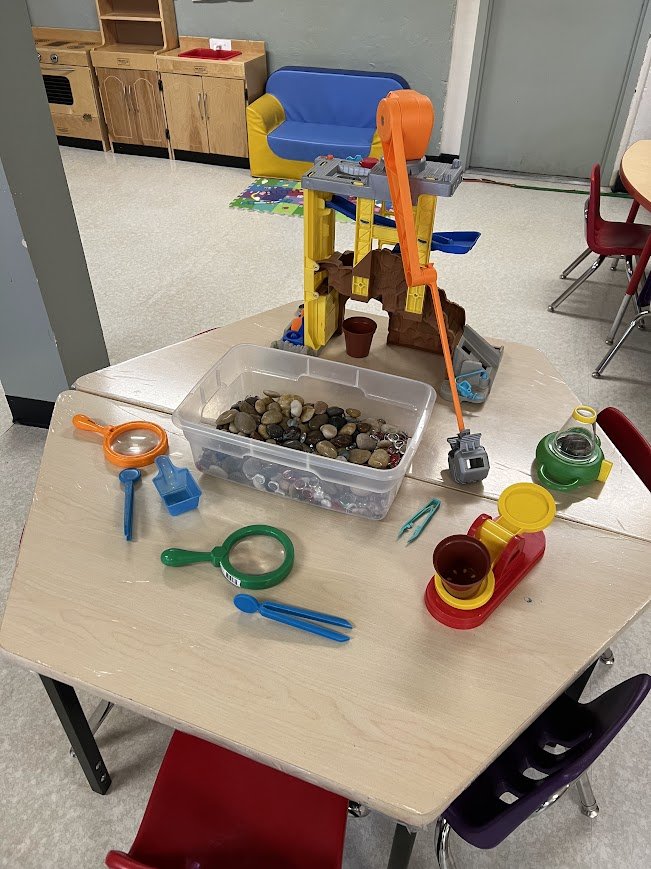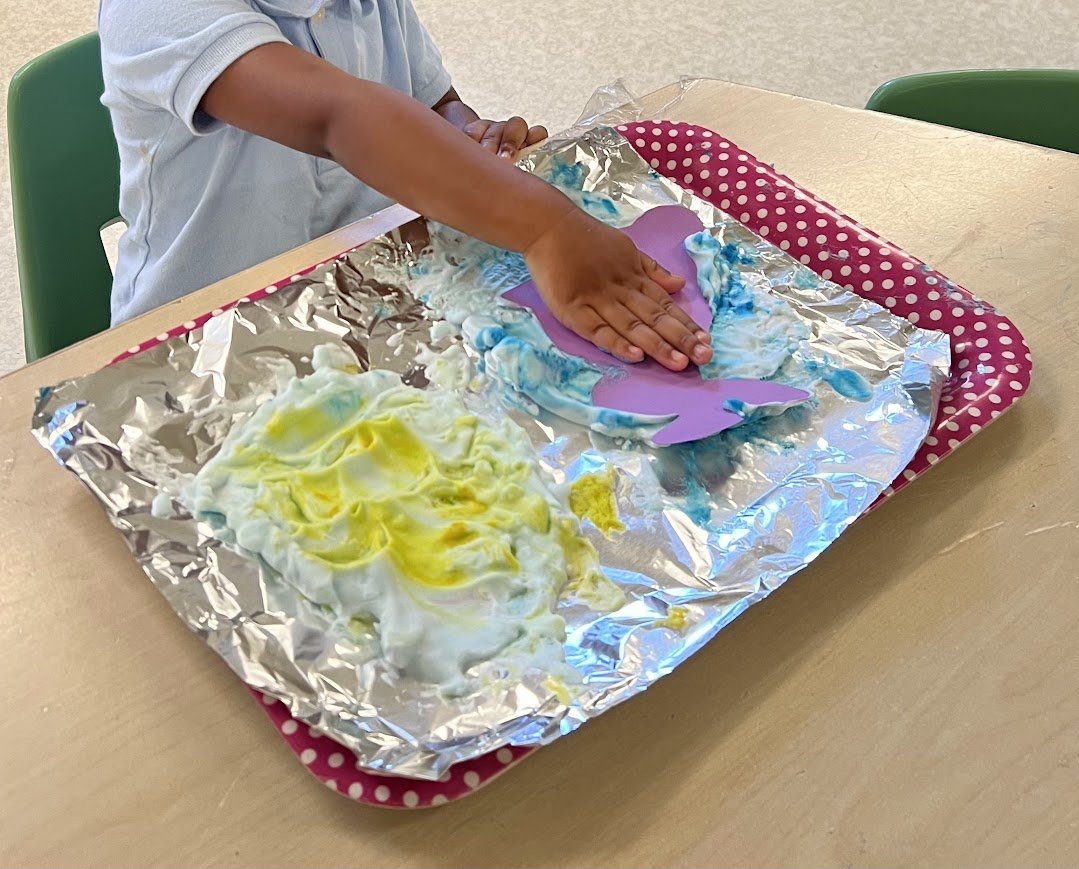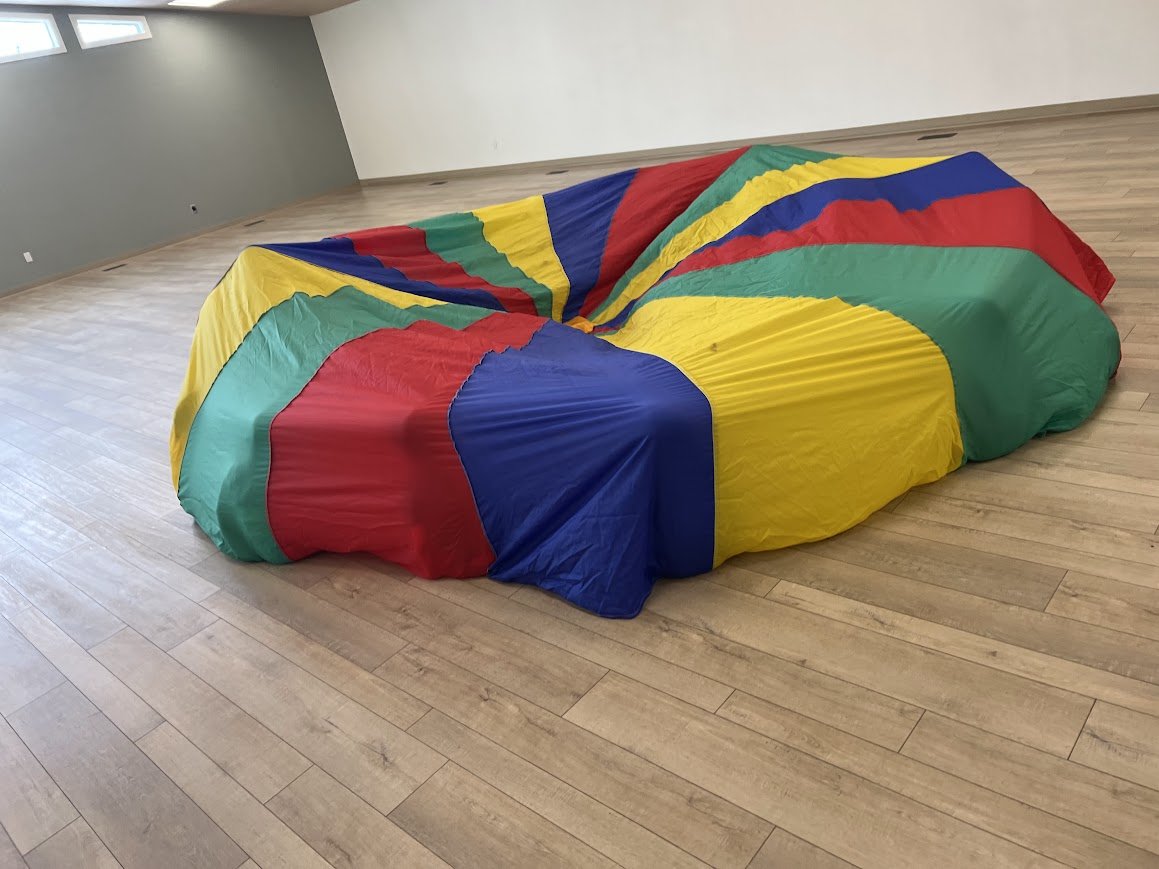CLASSROOM STRUCTURE
During the 2.5 hours your child is at school, here is a breakdown of what to expect from your child's education:
Tabletop Activities:
While children are hanging up their belongings, changing their shoes and washing their hands. They are finding their hook number as well as the spelling of their name with name tags. Children are encouraged to play at various tables where they are practicing fine motor skills. These skills ready little hands future writing.
Children are learning:
Number\letter identification
reaching, grasping, manipulating objects, hand-eye coordination
Developing and strengthening hand grip
Circle Time:
Encourages students to sit and listen while learning.
Welcome song, calendar review, and an introduction of the daily theme and craft. Children review classroom rules, once circle time is completed students are encouraged to stand up and play at various centres and complete the craft.
Children are learning:
School readiness- learning routines, practicing self-regulation
Language Development- Express thoughts and learning to participate in a group
Motor skills- singing, dancing, coordination, rhythm
Listening skills- Develop active listening, turn taking, and paying attention
Self-esteem- Help children gain confidence in group settings and positive attitude towards others
Cognitive Development- such as memory, attention span,flexibility and self-control
Center Time:
Children explore various activities such as role play, puzzles, matching games, toys, building blocks, sensory stimulation type of activities. The teachers change the classroom set-up to encourage students to participate in new activities throughout the year. At this time children take turns completing their craft.
Children are learning:
Imagination — Flexible in my thinking, and exercise my creativity
Expression — Communication though sentences.
Role play — Trying on different adult roles.
Problem solving — Socially negotiating with friends.
Organizing — Putting objects where they belong
Decision making — Story or game being played
Improvising — Abstract thinking using objects/symbols/toys to represent something else
Cooperation with others — Carrying out ideas, play, and respecting friends
Reading — Matching objects with the words associated with them
Critical thinking — Creating, repetition, patterns and building
Math — Counting, patterns, shapes
Problem solve, express ideas, and play with others
Gross Motor Skills:
Children will play in the gym or outside depending on the weather every day. Children get to play with various objects such as balls, parachute, hoops. We also particiapte in running games, animal walks, freeze dance, obstacle courses, tag, catching, throwing, jumping.
Children are learning:
Play well with others
turn-taking
Body Regulation
Fresh air and exerciseChildren are all asked to participate in cleaning up and putting away toys prior to next activity
Snacks:
Tables are being cleaned and placemats are out for snack time. Once circle time is completed children clean their hands and retrieve snacks. When snacks are done children have quiet time with books/puzzles/colouring while everyone finishes.
Snack requirements:
Nut free snack that your child will enjoy eating.
Drink— Water bottle
Please provide snacks in a lunch box.








